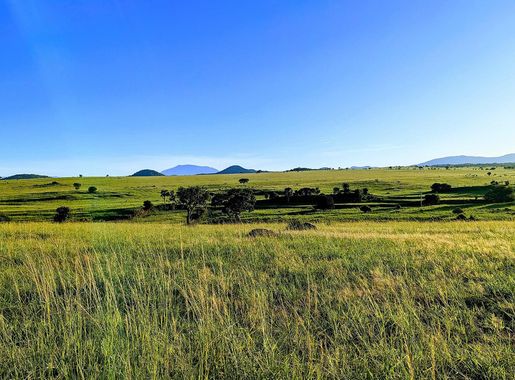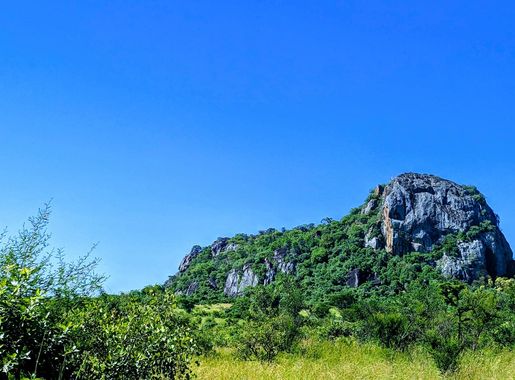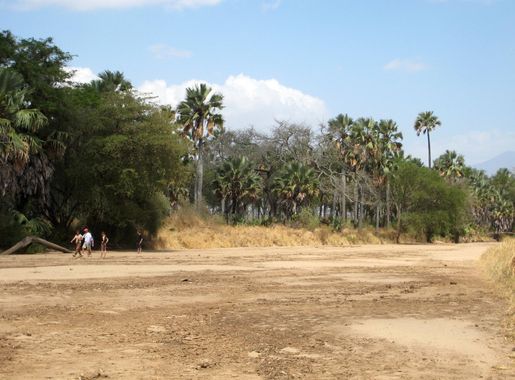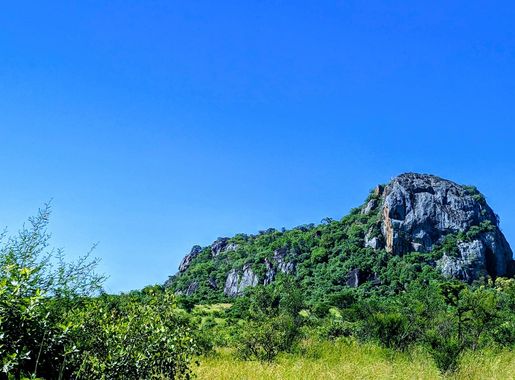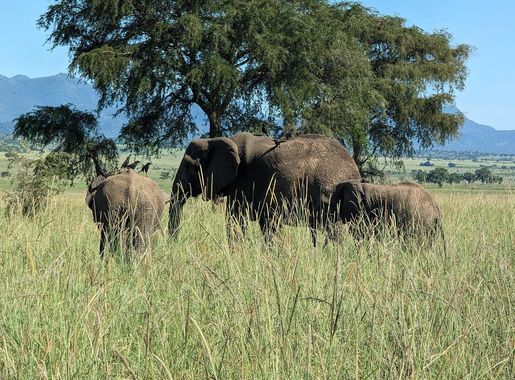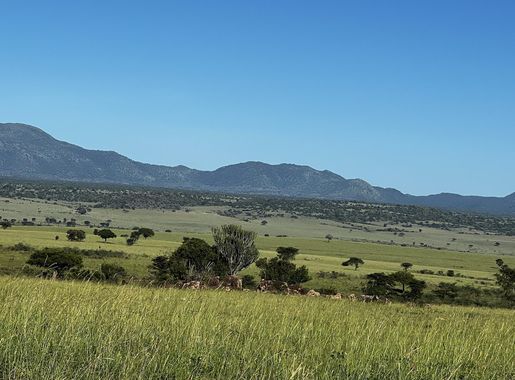
Kidepo Valley National Park: Uganda's Hidden Gem
Discover the untouched beauty and abundant wildlife of Kidepo Valley National Park, Uganda's hidden gem offering a unique and tranquil safari experience.
Nestled in the remote northeastern corner of Uganda, Kidepo Valley National Park is a hidden gem waiting to be discovered. Known for its stunning landscapes and diverse wildlife, the park offers a unique safari experience away from the crowds. The rugged savannah, dotted with acacia trees and bounded by dramatic mountains, creates a breathtaking backdrop for wildlife viewing. The park is home to over 77 mammal species and 475 bird species, making it a paradise for nature enthusiasts. Visitors can expect to see elephants, zebras, giraffes, and even the elusive cheetah. The Narus Valley, one of the park's main attractions, is particularly rich in wildlife and offers excellent game viewing opportunities. Cultural experiences also await in Kidepo Valley National Park. The local Karamojong people, known for their vibrant traditions and pastoral lifestyle, welcome visitors to learn about their way of life. Engaging with the local community adds a rich layer to the adventure, making the visit both educational and memorable. Despite its remote location, the park is accessible by road and air, with accommodations ranging from basic campsites to luxury lodges. Its seclusion ensures an unspoiled and tranquil environment, making it the perfect escape for those seeking solitude and natural beauty.
Local tips in Kidepo Valley National Park
- Visit during the dry season (December to February and June to September) for the best wildlife viewing.
- Bring binoculars and a good camera to capture the diverse bird species and stunning landscapes.
- Respect the local culture by dressing modestly and asking for permission before taking photos of people.
- Consider using a 4x4 vehicle for a more comfortable and reliable journey through the park.
- Book accommodations in advance, especially during peak seasons, to ensure availability.
Kidepo Valley National Park: Uganda's Hidden Gem
Nestled in the remote northeastern corner of Uganda, Kidepo Valley National Park is a hidden gem waiting to be discovered. Known for its stunning landscapes and diverse wildlife, the park offers a unique safari experience away from the crowds. The rugged savannah, dotted with acacia trees and bounded by dramatic mountains, creates a breathtaking backdrop for wildlife viewing. The park is home to over 77 mammal species and 475 bird species, making it a paradise for nature enthusiasts. Visitors can expect to see elephants, zebras, giraffes, and even the elusive cheetah. The Narus Valley, one of the park's main attractions, is particularly rich in wildlife and offers excellent game viewing opportunities. Cultural experiences also await in Kidepo Valley National Park. The local Karamojong people, known for their vibrant traditions and pastoral lifestyle, welcome visitors to learn about their way of life. Engaging with the local community adds a rich layer to the adventure, making the visit both educational and memorable. Despite its remote location, the park is accessible by road and air, with accommodations ranging from basic campsites to luxury lodges. Its seclusion ensures an unspoiled and tranquil environment, making it the perfect escape for those seeking solitude and natural beauty.
When is the best time to go to Kidepo Valley National Park?
Iconic landmarks you can’t miss
Murchison Falls National Park
Explore the stunning Murchison Falls National Park, a haven of wildlife and natural beauty in Uganda, perfect for nature lovers and adventure seekers.
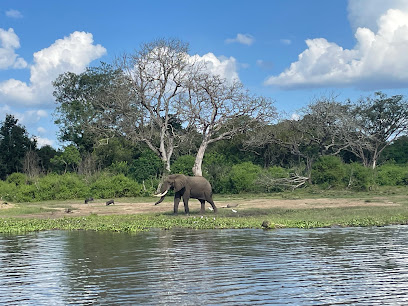
Queen Elizabeth National Park
Explore Queen Elizabeth National Park, Uganda's wildlife haven, where you can encounter elephants, lions, and diverse bird species in stunning natural landscapes.
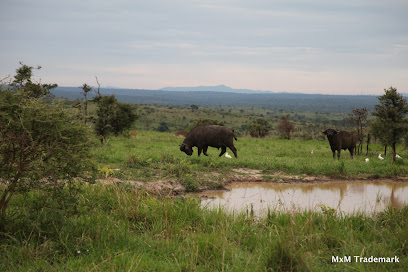
Lake Mburo National Park
Discover the enchanting landscapes and diverse wildlife at Lake Mburo National Park, Uganda's hidden gem for nature lovers and adventure seekers.

Kibale National Park
Discover the serene beauty and rich biodiversity of Kibale National Park, a premier destination for wildlife enthusiasts and nature lovers in Uganda.
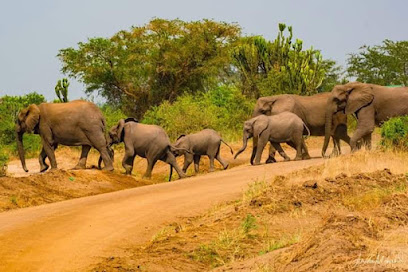
Ziwa Rhino and Wildlife Ranch
Experience Uganda's wildlife at Ziwa Rhino and Wildlife Ranch, a sanctuary dedicated to rhino conservation and a home to diverse flora and fauna.
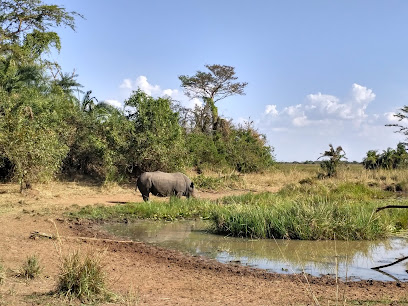
Kidepo National Park Uganda
Discover the breathtaking landscapes and rich wildlife of Kidepo National Park, Uganda's hidden gem in the northeastern wilderness.
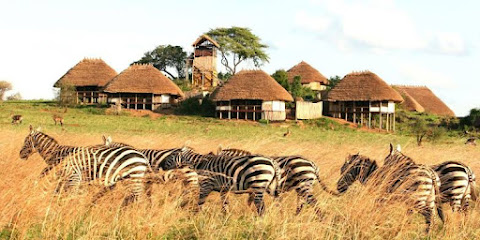
Sipi Falls
Discover the enchanting Sipi Falls, a natural wonder in Uganda featuring breathtaking waterfalls and rich cultural experiences that will leave you in awe.
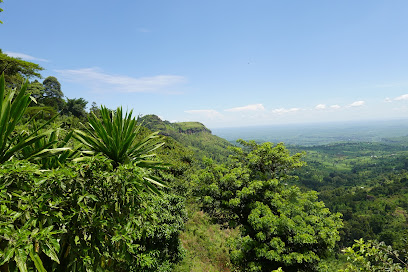
Pian Upe Game Reserve
Discover the hidden gem of Pian Upe Game Reserve, Uganda's serene national park filled with vibrant wildlife and breathtaking landscapes.
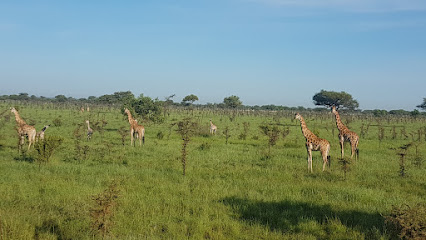
Kidepo Savannah Lodge
Discover the enchanting wildlife and serene landscapes at Kidepo Savannah Lodge, your gateway to Kidepo Valley National Park in Uganda.
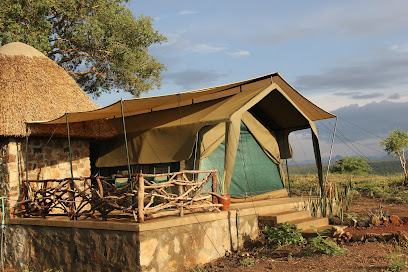
Semuliki National Park
Experience the raw beauty of Semuliki National Park, where lush rainforests and unique wildlife create an unforgettable adventure in Uganda.
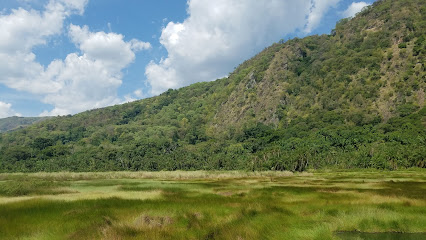
Kidepo Valley UWA Campsite, Nagusokopire
Experience the tranquil beauty of Kidepo Valley at the UWA Campsite, where nature and wildlife come together in an unforgettable camping adventure.
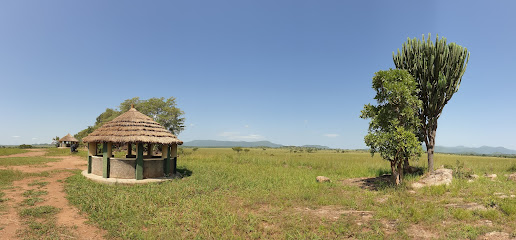
Nga'Moru Wilderness Camp
Immerse yourself in the beauty of Uganda at Nga'Moru Wilderness Camp, your gateway to Kidepo Valley National Park and unforgettable outdoor adventures.

Tours and safari for Kidepo Valley National Park
Discover the breathtaking landscapes and rich wildlife of Kidepo Valley National Park in Uganda for an unforgettable safari experience.
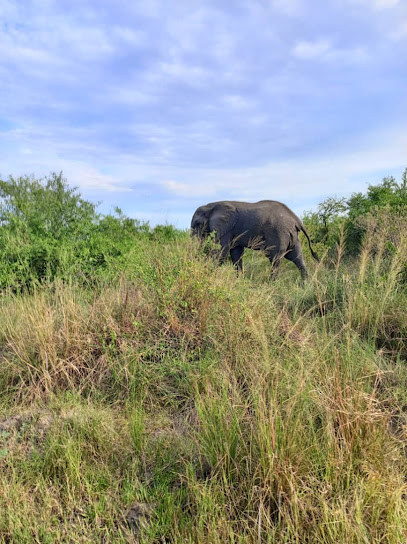
Kidepo Valley National Park Safari
Experience the breathtaking landscapes and rich wildlife of Kidepo Valley National Park Safari, a true gem in Uganda's wilderness.
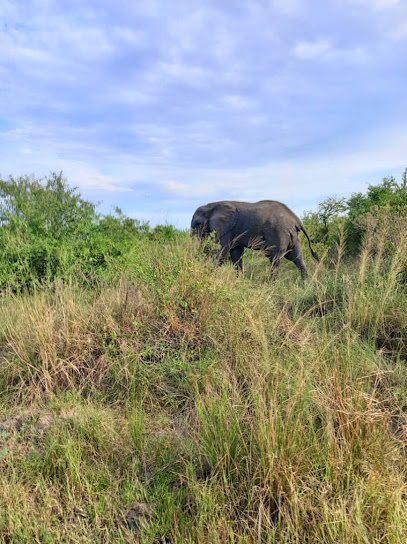
Kibale Forest
Discover the rich biodiversity and enchanting landscapes of Kibale Forest, Uganda's premier destination for wildlife enthusiasts and nature lovers.
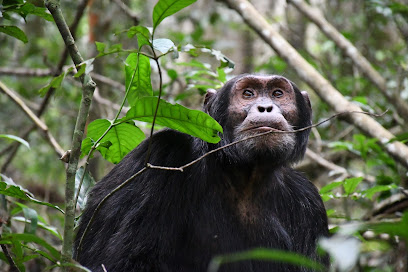
Unmissable attractions to see
Lorukul Cultural Community
Explore the vibrant traditions and engaging culture of Uganda at the Lorukul Cultural Community in Karenga, a unique tourist attraction.
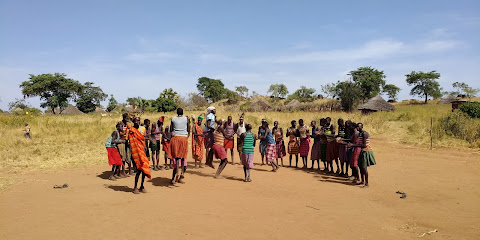
Kidepo Bandas and Office
Discover the untouched beauty of Kidepo Bandas, a serene escape into the wild heart of Uganda's national parks, rich in wildlife and stunning landscapes.
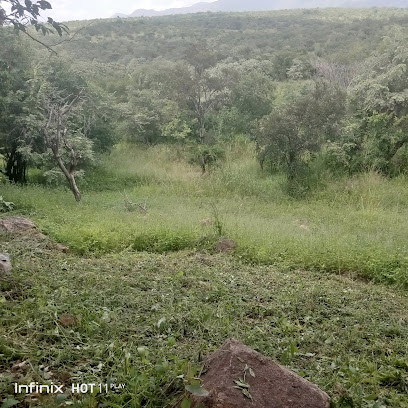
Morungole Eco Camp
Discover the natural beauty and eco-friendly charm of Morungole Eco Camp, an ideal retreat for adventure seekers and nature lovers in Uganda.

Mount Rengen
Discover the breathtaking beauty and cultural richness of Mount Rengen, a hidden gem in Uganda perfect for nature lovers and adventure seekers.
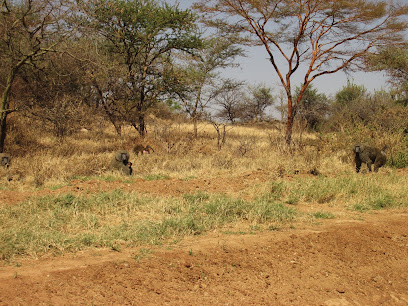
Karenga Rock
Explore the breathtaking Karenga Rock in Uganda, a hidden gem perfect for adventure seekers and nature lovers seeking tranquility.
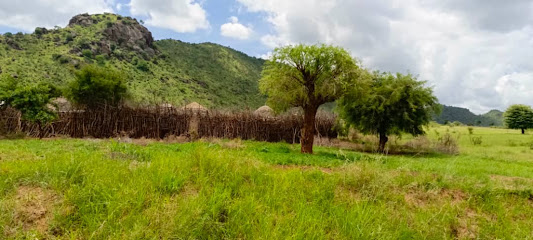
Nataba Gate - Kidepo NP
Experience the wild beauty of Kidepo National Park through the iconic Nataba Gate, where adventure and nature converge in Uganda's untamed landscapes.

Longeleya Birding Trail
Explore the breathtaking Longeleya Birding Trail in Karenga, Uganda, a paradise for birdwatchers and nature lovers immersed in stunning landscapes and rich biodiversity.
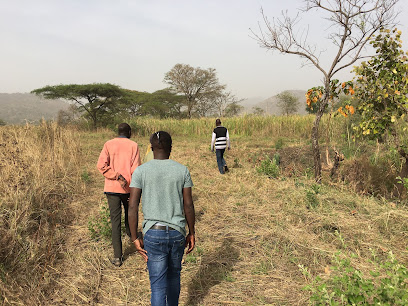
Kalapata town council
Explore Kalapata Town Council, a vibrant Ugandan tourist attraction rich in culture, nature, and local hospitality, perfect for immersive travel experiences.

Essential places to dine
Cafesserie Acacia Mall
Discover a delightful dining experience at Cafesserie Acacia Mall in Kampala - where local flavors meet international cuisine in a vibrant atmosphere.

Tamarai
Experience authentic Thai cuisine in Kampala at Tamarai – where every dish is a journey through Thailand's rich culinary traditions.
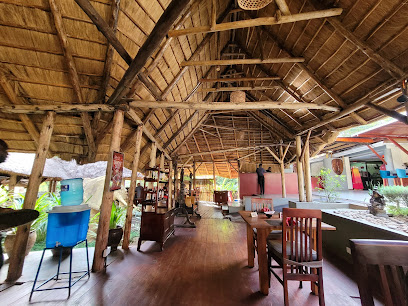
Endiro Coffee
Discover the heart of Uganda's coffee culture at Endiro Coffee in Kampala, offering rich brews and delightful breakfasts in a cozy atmosphere.
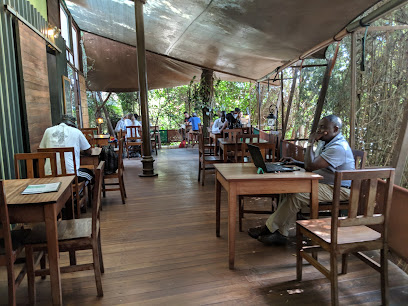
Middle East Restaurant
Discover authentic Middle Eastern cuisine in Kampala at Middle East Restaurant - where every dish tells a story.
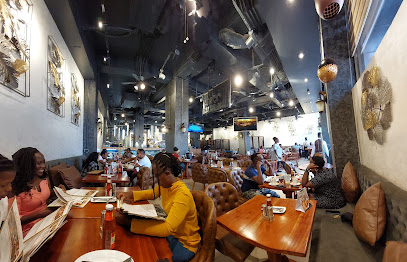
Pardis
Explore authentic Persian cuisine at Pardis in Kampala—where every dish tells a story rich in flavor and tradition.
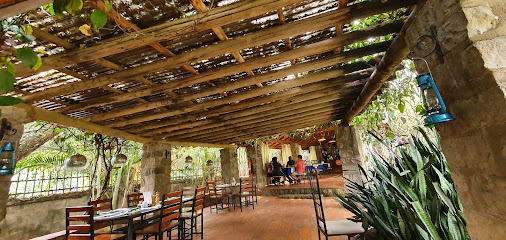
Khana Khazana
Experience authentic Indian cuisine at Khana Khazana in Kampala - a culinary journey filled with rich flavors and warm hospitality.
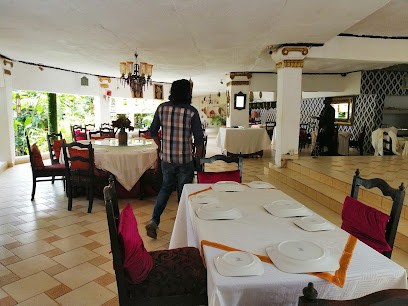
Romeo's Restaurant Ntinda
Discover authentic Ugandan flavors blended with international cuisine at Romeo's Restaurant Ntinda in Kampala.

Nanjing Hotel (Kololo Branch)
Discover comfort at Nanjing Hotel (Kololo Branch), where modern amenities meet Ugandan hospitality in the heart of Kampala.

Il Patio Italian Restaurant
Experience authentic Italian cuisine at Il Patio Restaurant in Kampala - where every meal feels like a trip to Italy.
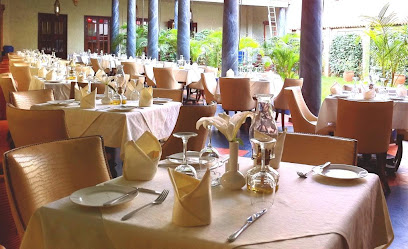
La Cabana Restaurant
Experience exquisite dining at La Cabana Restaurant in Kampala - where local flavors meet international cuisine in a stunning setting.

The Patio Brasserie
Experience exquisite dining at The Patio Brasserie in Kampala – where local flavors meet international flair in a stunning setting.
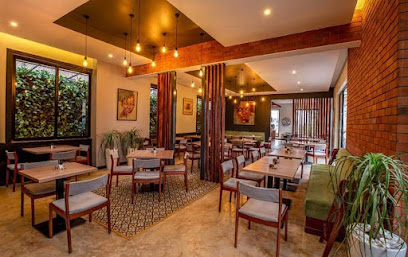
Pakuba Safari lodge
Explore the wonders of Murchison Falls National Park from Pakuba Safari Lodge - where comfort meets adventure in Uganda's stunning landscapes.
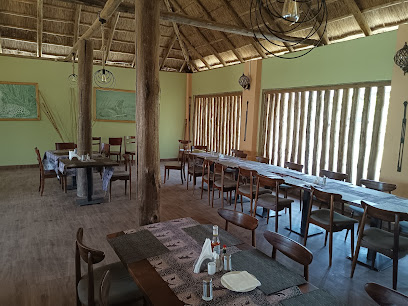
Linove Restaurant
Discover Linove Restaurant: A Culinary Haven Offering Authentic Italian Dishes in the Heart of Kampala.
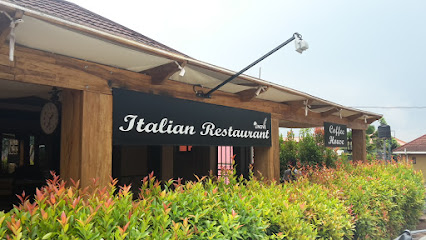
Kidepo Savannah Lodge
Discover unparalleled beauty and adventure at Kidepo Savannah Lodge within Uganda's pristine Kidepo Valley National Park.
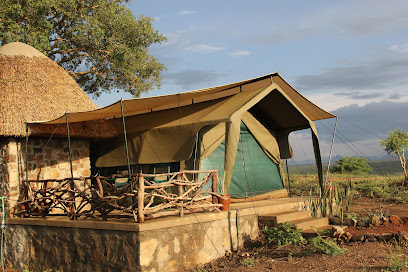
Mighty City Grill
Experience the vibrant culinary scene at Mighty City Grill, where delicious fast food meets local flavors in Kampala.
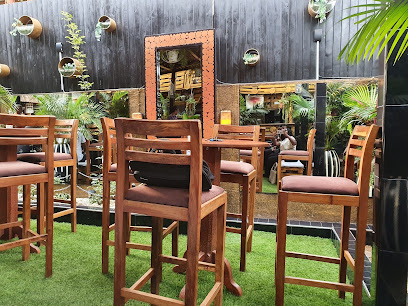
Markets, malls and hidden boutiques
Kidepo National Park Uganda
Explore Kidepo National Park, Uganda's untouched wilderness, with stunning landscapes, diverse wildlife, and rich cultural experiences awaiting every visitor.
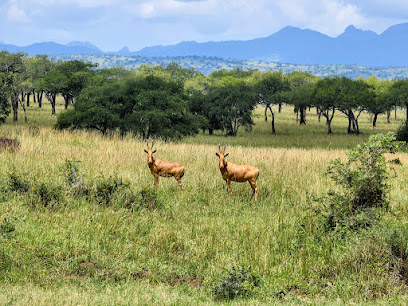
Kidepo Savannah Lodge
Explore Kidepo Savannah Lodge, where luxury meets the wild in Uganda's breathtaking Kidepo Valley National Park.
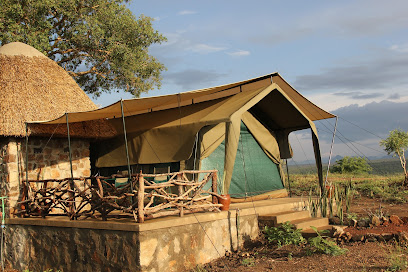
Kidepo Valley UWA Campsite, Nagusokopire
Explore the stunning Kidepo Valley UWA Campsite, a perfect blend of adventure and tranquility amidst Uganda's breathtaking landscapes and wildlife.
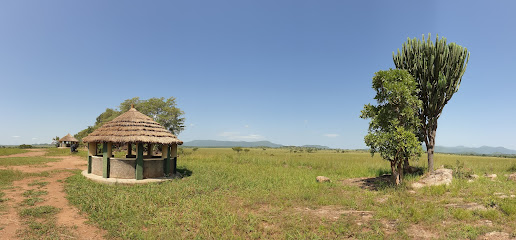
Kidepo Bandas and Office
Discover the breathtaking landscapes and rich wildlife of Kidepo Bandas, Uganda's hidden gem for nature lovers and adventurers alike.
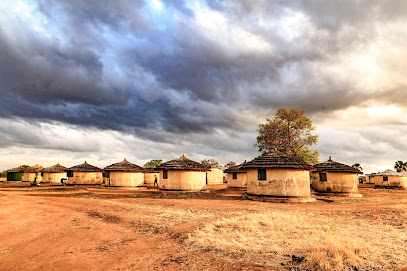
Araka shades
Explore Araka Shades in Kocholo for the latest electronics and exceptional customer service, making your tech shopping experience unforgettable.

Kapole kamugisha business solutions
Discover local treasures and immerse yourself in community spirit at Kapole Kamugisha Business Solutions, your go-to general store in Kaabong.

DILA RUU ENTERPRISES.
Discover local treasures and everyday essentials at Dila Ruu Enterprises, a charming general store in Orom, Uganda, perfect for travelers and locals alike.
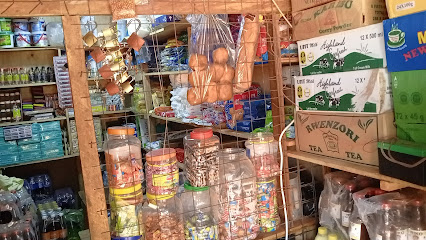
Kololo Kob Enterprise shop
Experience local culture at Kololo Kob Enterprise Shop in Kaabong, where shopping meets tradition and community.

Imoti bore agencies shopping center
Explore Imoti Bore Agencies Shopping Center in Karenga – Your gateway to local crafts, culture, and unique shopping experiences.

Wonder Lacere
Experience the vibrant shopping scene at Wonder Lacere in Madi Opei, where local culture meets modern retail in a lively atmosphere.
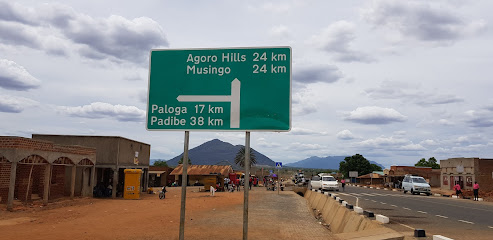
God's Yes Enterprises
Experience the essence of local life at God's Yes Enterprises, your go-to general store in Kaabong, Uganda, for all essentials and unique souvenirs.

Kikiss Business Partners
Discover Kikiss Business Partners in Kaabong - your trusted source for quality hardware and expert advice for all your construction needs.
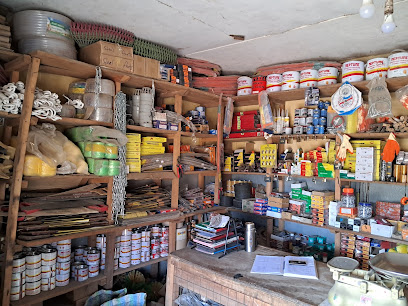
Village energy and electronic services
Explore the vibrant Village Energy and Electronic Services in Lolelia for all your stationery and electronic needs, a true reflection of local commerce.

The kambaz
Explore The Kambaz in Kaabong, Uganda – your go-to computer store for the latest tech gadgets and expert support in the heart of the region.

Laber karamoja wears
Explore the vibrant world of Ugandan fashion at Laber Karamoja Wears, where tradition meets contemporary style in every unique garment.

Essential bars & hidden hideouts
The Alchemist Kitchen and Bar
Discover the vibrant atmosphere and delectable menu at The Alchemist Kitchen and Bar, Kampala's culinary gem for food and drink enthusiasts.

Hideout Lounge
Discover the vibrant nightlife of Kampala at Hideout Lounge, where delicious grilled dishes meet a lively atmosphere in the heart of the city.
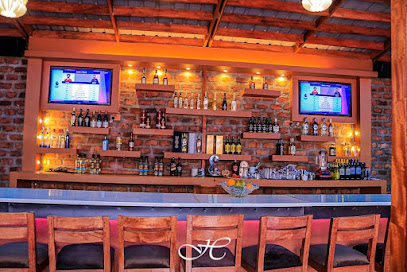
Otters Bar
Experience the vibrant nightlife of Kampala at Otters Bar, known for live music, great drinks, and a lively atmosphere.
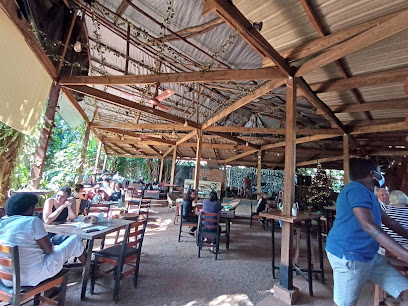
Bamboo Nest
Discover the charm of Bamboo Nest in Kampala, where relaxation meets vibrant Ugandan culture and refreshing drinks await.
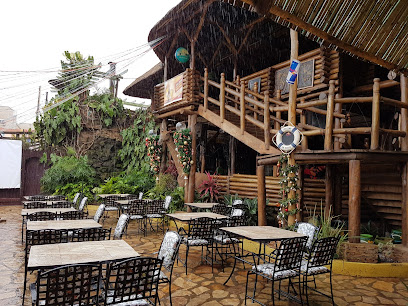
Velocity Bar& Grill
Discover the vibrant flavors and lively atmosphere at Velocity Bar & Grill, a must-visit spot in Kampala for food lovers and night owls.

Kidepo Savannah Lodge
Discover the breathtaking beauty of Kidepo Valley National Park at Kidepo Savannah Lodge, where adventure meets comfort in the heart of nature.
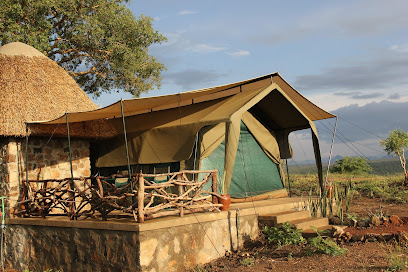
ISAIAH's Bar & Grill(Kate Camp)
Experience the vibrant flavors and warm hospitality of ISAIAH's Bar & Grill, the perfect dining spot in Lokichogio, Kenya.
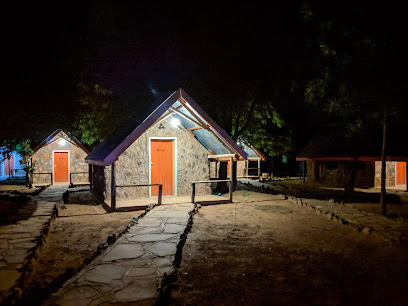
Cue Arena
Discover Cue Arena in Gulu, a vibrant sports bar offering thrilling games, delicious food, and a lively atmosphere for all sports lovers.
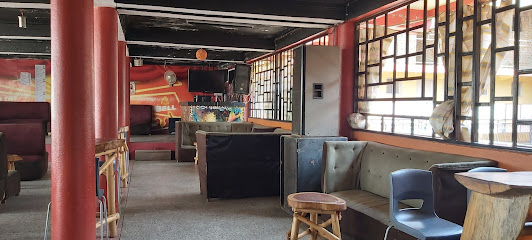
The Mist Bar
Discover The Mist Bar: A vibrant Kampala bar offering a lively atmosphere, diverse drinks, and a taste of local nightlife.
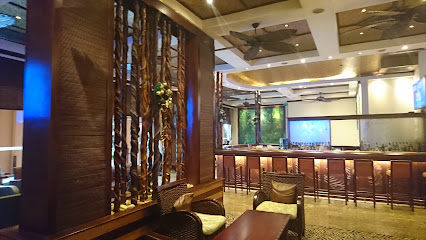
Nga'Moru Wilderness Camp
Experience the enchanting beauty and delicious flavors of Nga'Moru Wilderness Camp in Uganda, a serene lodge surrounded by nature's wonders.

Heights Bar And Cafe
Discover Kampala's vibrant nightlife at Heights Bar and Cafe, where great food and drinks meet a lively atmosphere in the heart of Nakawa.
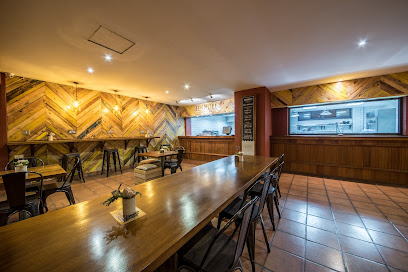
Loki Lodge,
Discover Loki Lodge, a vibrant bar in Lokichogio, offering a delightful mix of local flavors and international beverages in a welcoming atmosphere.
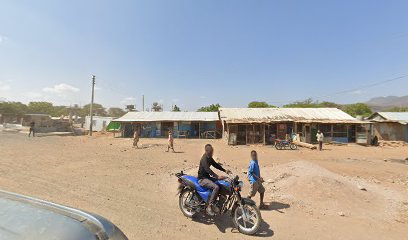
The Vintage Bar and Lounge Namugongo
Explore the vibrant nightlife of Kampala at The Vintage Bar and Lounge, where stylish ambiance meets exceptional drinks and live entertainment.

Kino pork joint
Experience the authentic taste of Uganda at Kino Pork Joint in Kaabong, where every bite tells a story of local tradition and flavor.

Amsyln
Discover Amsyln in Madi Opei: A grill restaurant serving delicious local cuisine with a warm and welcoming atmosphere for every traveler.

Local Phrases about Kidepo Valley National Park
-
- HelloEjok
[eh-jok] - GoodbyeKacel
[ka-chel] - YesEego
[ee-go] - NoNgaa
[nga] - Please/You're welcomeKwo iwak
[kwo ee-wak] - Thank youApwoyo
[ap-wo-yo] - Excuse me/SorryMakwo
[ma-kwo] - How are you?Otimu kwo?
[o-tee-mu kwo] - Fine. And you?Maber. Ekwech?
[ma-ber. ek-wech] - Do you speak English?Ocako Icinga?
[o-cha-ko ee-ching-ga] - I don't understandAdok kwo
[a-dok kwo]
- HelloEjok
-
- I'd like to see the menu, pleaseInino itye menu, kwo
[ee-nee-no ee-tye me-nu, kwo] - I don't eat meatAdaa kwo ebi
[a-daa kwo e-bi] - Cheers!Ayo!
[a-yo] - I would like to pay, pleaseIno itye doki, kwo
[ee-no ee-tye do-ki, kwo]
- I'd like to see the menu, pleaseInino itye menu, kwo
-
- Help!Atye!
[a-tye] - Go away!Yaa ki bot
[ya kee bot] - Call the Police!Lakwo poliisi!
[la-kwo po-lee-see] - Call a doctor!Lakwo dokita!
[la-kwo do-ki-ta] - I'm lostAdok tye
[a-dok tye] - I'm illAdaa kwo
[a-daa kwo]
- Help!Atye!
-
- I'd like to buy...Inino itye...
[ee-nee-no ee-tye] - I'm just lookingNino tye i lok
[nee-no tye ee lo-k] - How much is it?Inino ki itye?
[ee-nee-no kee ee-tye] - That's too expensiveEn awo ngom
[en a-wo n-gom] - Can you lower the price?Ocako itye mako?
[o-cha-ko ee-tye ma-ko]
- I'd like to buy...Inino itye...
-
- What time is it?Olwo ki itye?
[ol-wo kee ee-tye] - It's one o'clockItye cweno
[ee-tye che-we-no] - Half past (10)Okwan-acel (10)
[ok-wan-a-chel] - MorningLamwaka
[lam-wa-ka] - AfternoonDyang
[dya-ng] - EveningNyero
[nye-ro] - YesterdayDwogo
[dwo-go] - TodayEno
[e-no] - TomorrowGin aye
[gin a-ye] - 1Cweno
[che-we-no] - 2Lam
[lam] - 3Telo
[te-lo] - 4Angwen
[ang-wen] - 5Aning
[a-ning] - 6Nying
[nying] - 7Kong
[kong] - 8Icik
[ee-chik] - 9Par
[par] - 10Lok
[lok]
- What time is it?Olwo ki itye?
-
- Where's a/the...?Pe ki...?
[pe kee] - What's the address?Pe kadi?
[pe ka-di] - Can you show me (on the map)?Ocako mi oyee (ka mapi)?
[o-cha-ko mi o-yee ka ma-pi] - When's the next (bus)?Pe doki?
[pe do-ki] - A ticket (to ....)Dok itye (ki ....)
[do-ki ee-tye kee]
- Where's a/the...?Pe ki...?
History of Kidepo Valley National Park
-
The Kidepo Valley National Park area has a rich history dating back to prehistoric times. Before it was designated as a national park, the region was inhabited by the indigenous Karamojong and Ik people. These ethnic groups have lived in harmony with the land for centuries, developing unique cultures and ways of life deeply connected to the natural environment.
-
During the colonial era, the British administration recognized the ecological and cultural significance of the Kidepo Valley. In 1958, the area was first designated as a game reserve to protect its unique wildlife. It was officially gazetted as a national park in 1962, just before Uganda gained independence, making it one of the country's oldest national parks.
-
Throughout the 1970s and 1980s, Kidepo Valley National Park faced significant challenges due to political instability and poaching. However, concerted efforts by the Ugandan government and international conservation organizations have led to a remarkable recovery of the park’s wildlife populations. Today, it is home to over 75 species of mammals and 470 species of birds.
-
Mount Morungole, standing at 2,750 meters, is not only a prominent geographical feature of Kidepo Valley National Park but also holds significant cultural importance. It is considered a sacred site by the Ik people, who live in its foothills. The mountain is central to their spiritual practices and traditions.
-
In recent years, Kidepo Valley National Park has become a burgeoning destination for eco-tourism. Investments in infrastructure, such as lodges and guided tour services, have made it more accessible to visitors. This influx of tourism has provided economic opportunities for local communities while promoting the conservation of the park’s natural and cultural heritage.
Kidepo Valley National Park Essentials
-
Kidepo Valley National Park is located in the northeastern corner of Uganda, near the borders with South Sudan and Kenya. The nearest major city is Kampala, the capital of Uganda. From Kampala, you can travel to Kidepo Valley National Park by road or by air. The park is approximately 700 kilometers from Kampala, and the journey by road can take around 10-12 hours. There are also domestic flights available from Entebbe International Airport to Kidepo's airstrip, which significantly reduces travel time.
-
Within Kidepo Valley National Park, the most common form of transportation is by 4x4 vehicles, which are essential for navigating the rugged terrain. There are several tour operators that offer guided safaris with experienced drivers. For those who prefer self-driving, it is highly recommended to use a sturdy 4x4 vehicle. Additionally, some lodges and camps within the park provide shuttle services for their guests.
-
The official currency of Uganda is the Ugandan Shilling (UGX). While some lodges and upscale establishments may accept major credit cards, it is advisable to carry sufficient cash, especially for smaller transactions and tips. ATMs are not available within the park, so withdraw enough cash in Kampala or other major towns before your trip. Foreign currency can be exchanged at banks and forex bureaus in Kampala.
-
Kidepo Valley National Park is generally safe for tourists. However, it is recommended to take standard precautions. Avoid walking alone at night and always follow the guidance of your tour guide or ranger. Petty crime is uncommon, but it’s wise to keep valuables secure. The park's remote location means there are no specific high-crime areas targeting tourists. However, always be aware of your surroundings and stay informed about any travel advisories.
-
In case of an emergency, contact the park authorities or your lodge manager immediately. The park has a ranger station that can assist with emergencies. For medical emergencies, it is advisable to have travel insurance that covers evacuation, as the nearest major hospital is in Gulu, several hours away by road. Basic first aid supplies and medications should be part of your travel kit. The emergency contact number for Uganda is 112.
-
Fashion: Do wear neutral-colored, lightweight clothing suitable for a safari. Avoid bright colors that can disturb wildlife. Religion: Do respect local customs and traditions. When visiting nearby communities, dress modestly. Public Transport: Do use organized safari vehicles and guides. Do not attempt to navigate the park alone without proper guidance. Greetings: Do greet locals with a handshake and a friendly smile. Eating & Drinking: Do try local dishes and drink plenty of water. Don't drink tap water; always opt for bottled water.
-
To experience Kidepo Valley National Park like a local, engage with the Karamojong communities living near the park. Participate in cultural tours to learn about their traditions and way of life. Take guided nature walks to discover the park's unique flora and fauna up close. Visit the hot springs in the Kanangorok area for a unique natural experience. For bird enthusiasts, bring binoculars as the park is home to over 475 bird species.
Trending Landmarks in Kidepo Valley National Park
-
Murchison Falls National Park
-
Queen Elizabeth National Park
-
Lake Mburo National Park
-
Kibale National Park
-
Ziwa Rhino and Wildlife Ranch
-
Kidepo National Park Uganda
-
Sipi Falls
-
Pian Upe Game Reserve
-
Kidepo Savannah Lodge
-
Semuliki National Park
-
Kidepo Valley UWA Campsite, Nagusokopire
-
Nga'Moru Wilderness Camp
-
Tours and safari for Kidepo Valley National Park
-
Kidepo Valley National Park Safari
-
Kibale Forest
Nearby Cities to Kidepo Valley National Park
-
Things To Do in Gulu
-
Things To Do in Mbale
-
Things To Do in Arua
-
Things To Do in Kitale
-
Things To Do in Jinka
-
Things To Do in Jinja
-
Things To Do in Eldoret
-
Things To Do in Kampala
-
Things To Do in Entebbe
-
Things To Do in Kisumu
-
Things To Do in Arba Minch
-
Things To Do in Masaka
-
Things To Do in Fort Portal
-
Things To Do in Nakuru
-
Things To Do in Naivasha

